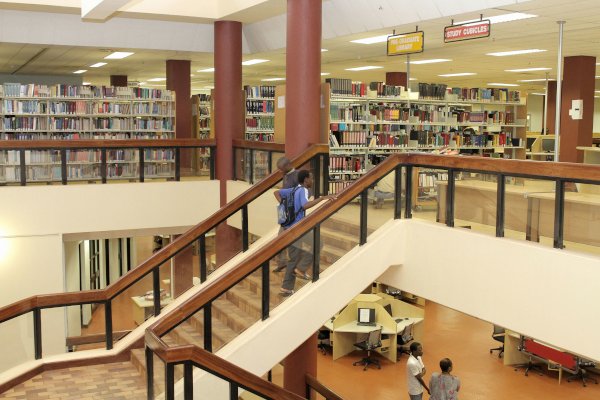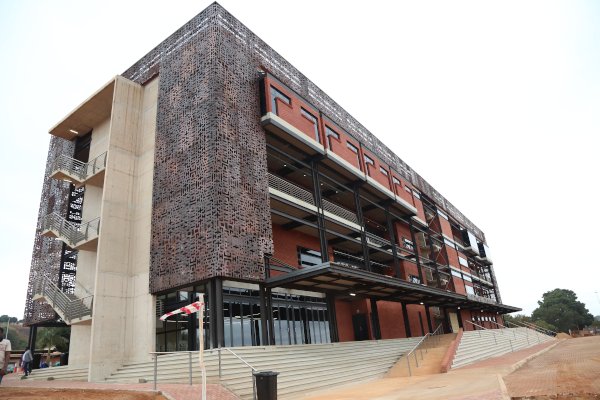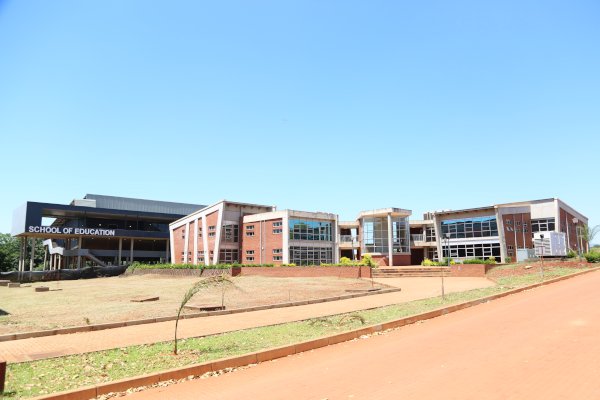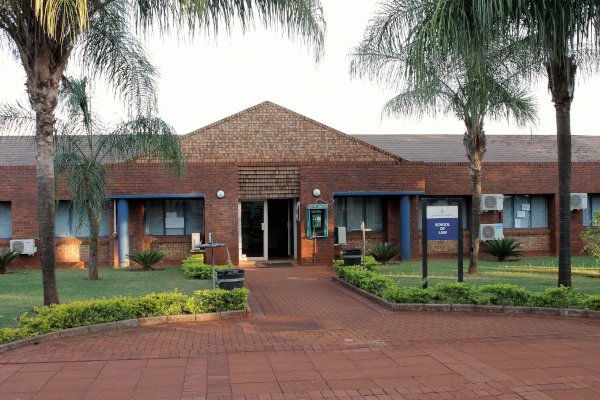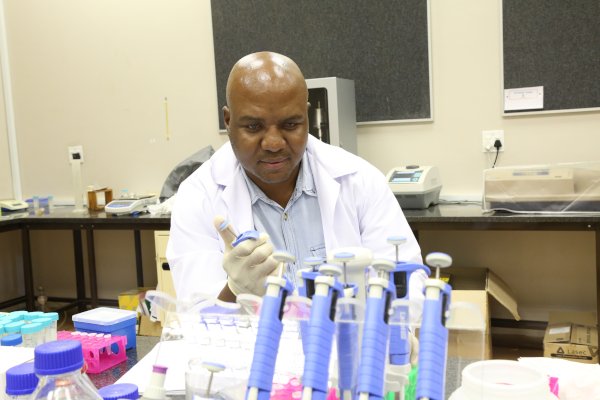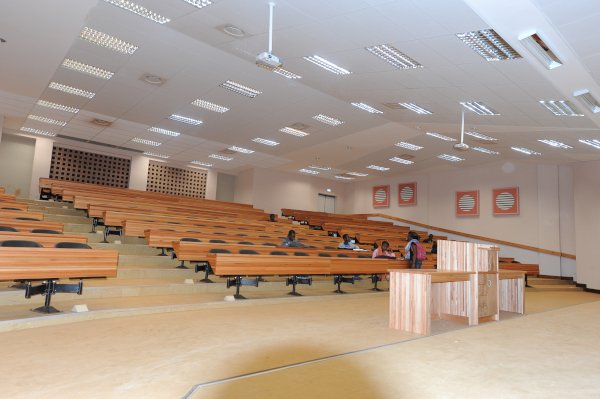Welcome to the University of Venda Institutional Repository, an open digital archive of the research output of the University of Venda. Univen IR contains theses and dissertations, research papers as well as conference papers. For further information and assistance please contact Mr Keith Malabi at +27 15 9628564 or +27 15 962 8314 during office hours
Most Viewed Items
Views
3170
1323
1134
966
751
623
605
600
564
538
Most Downloaded Items
Downloads
8470
8241
4975
3979
3663
3076
2911
2611
2409
2399
